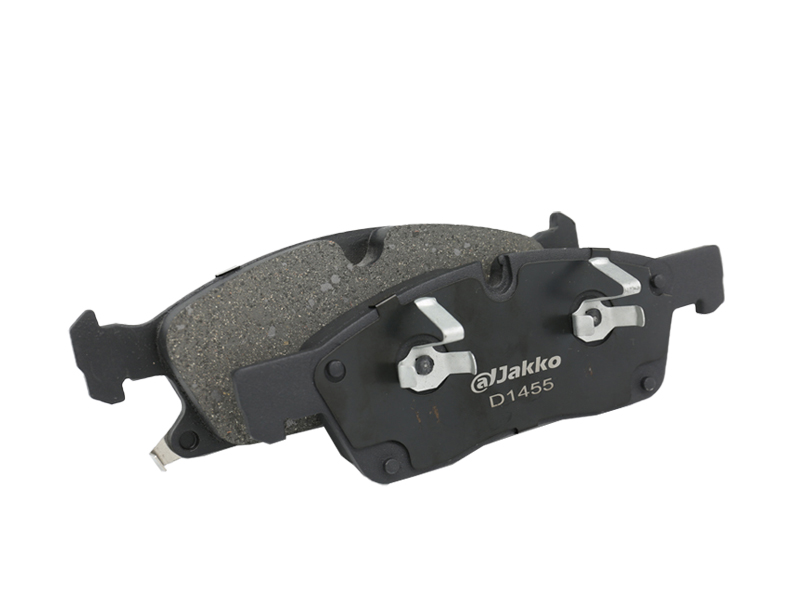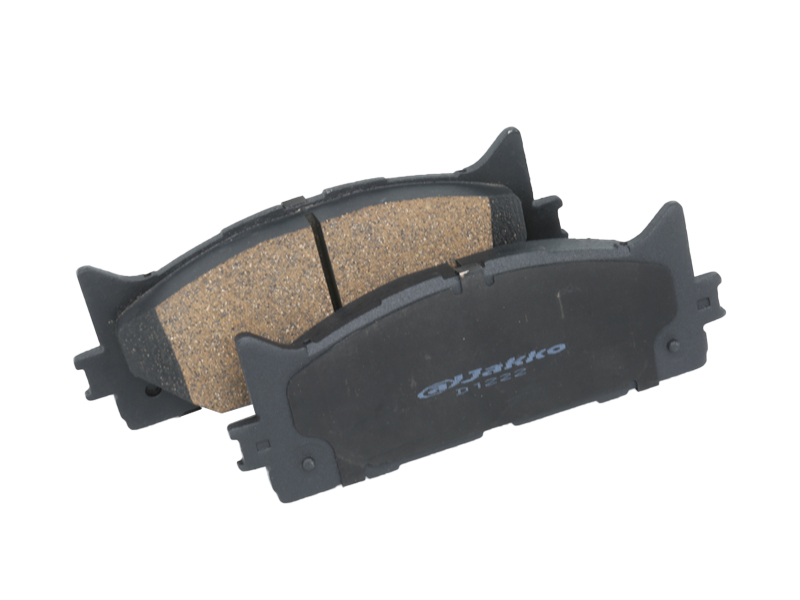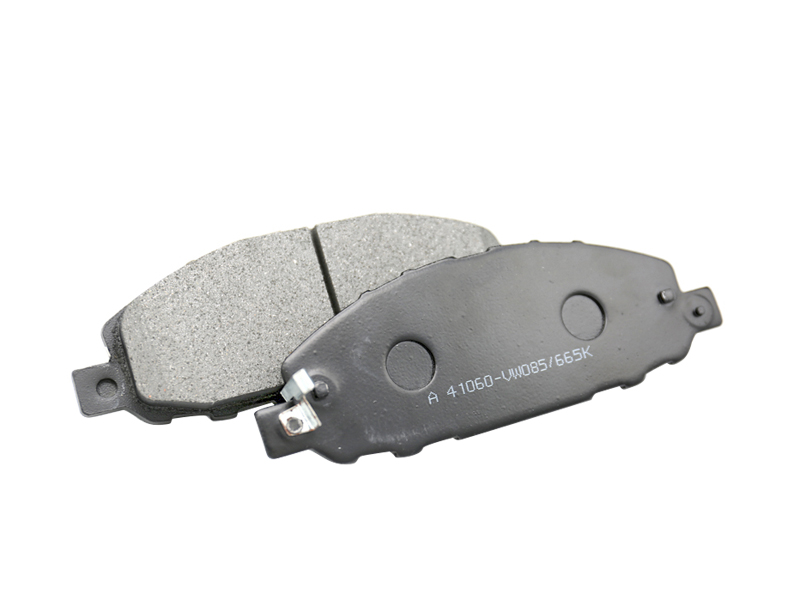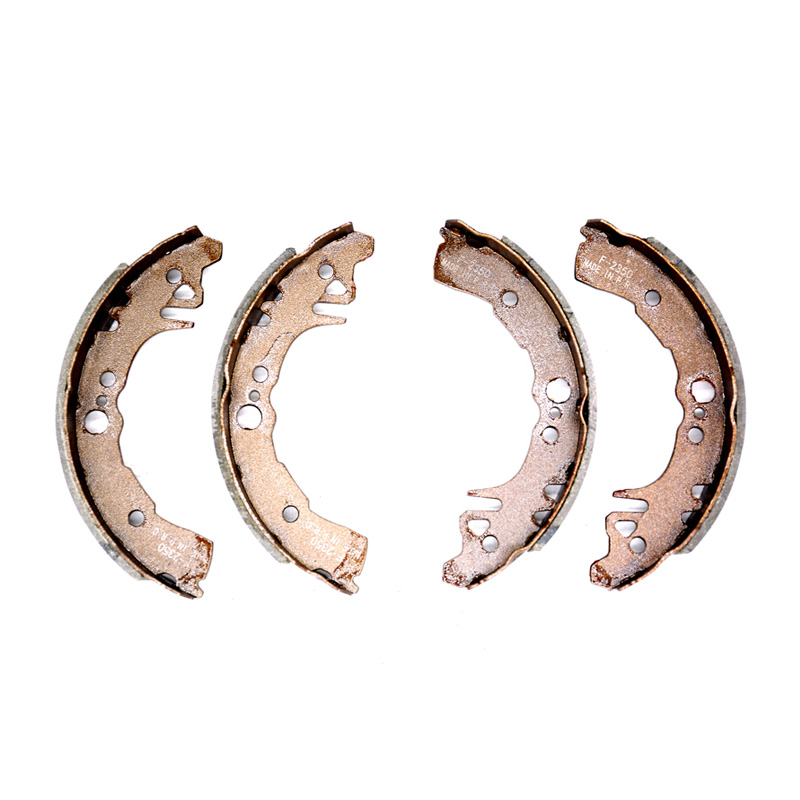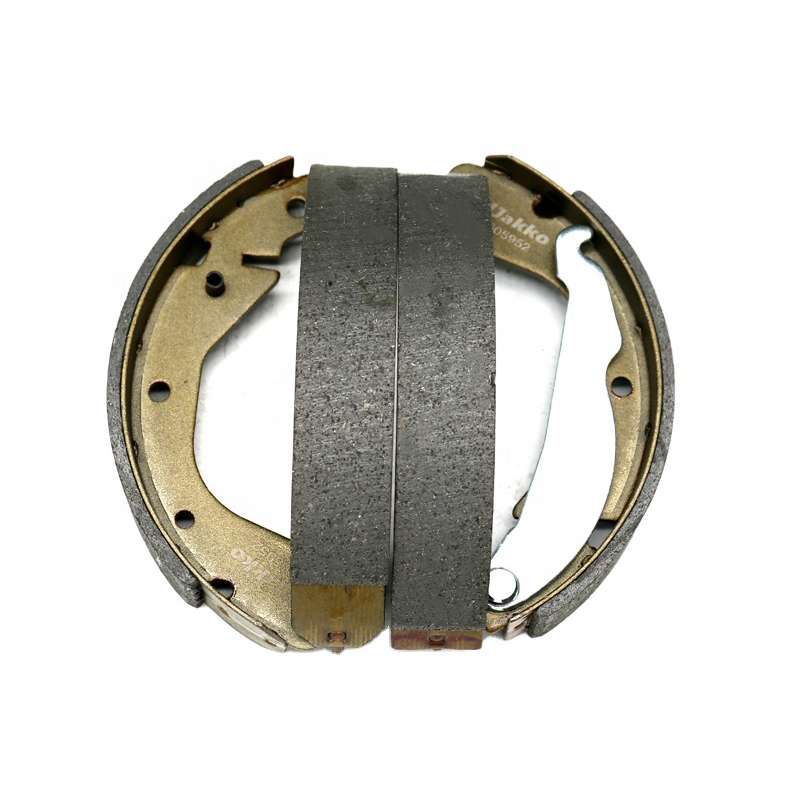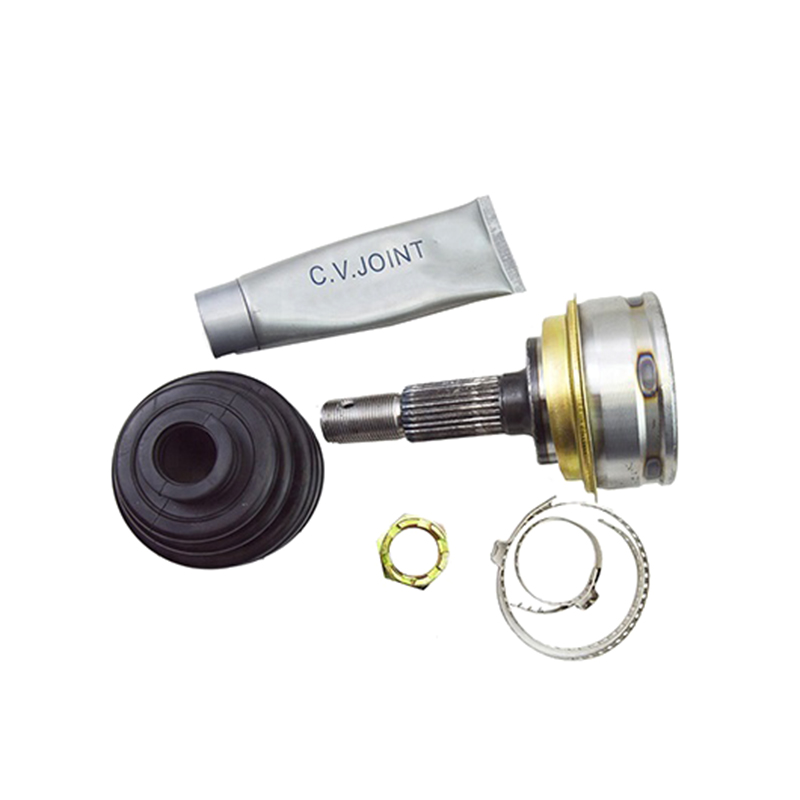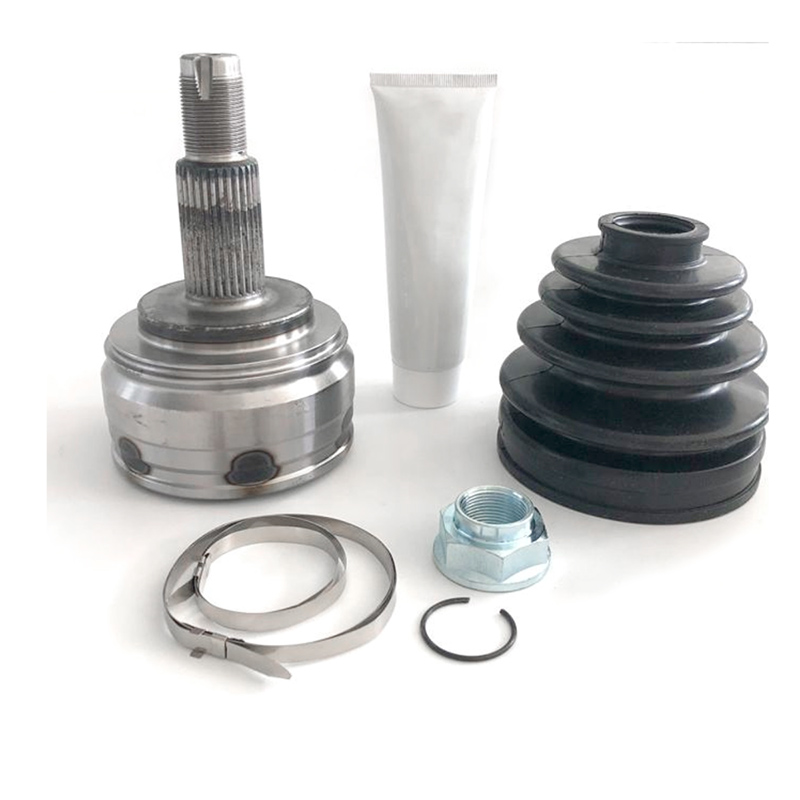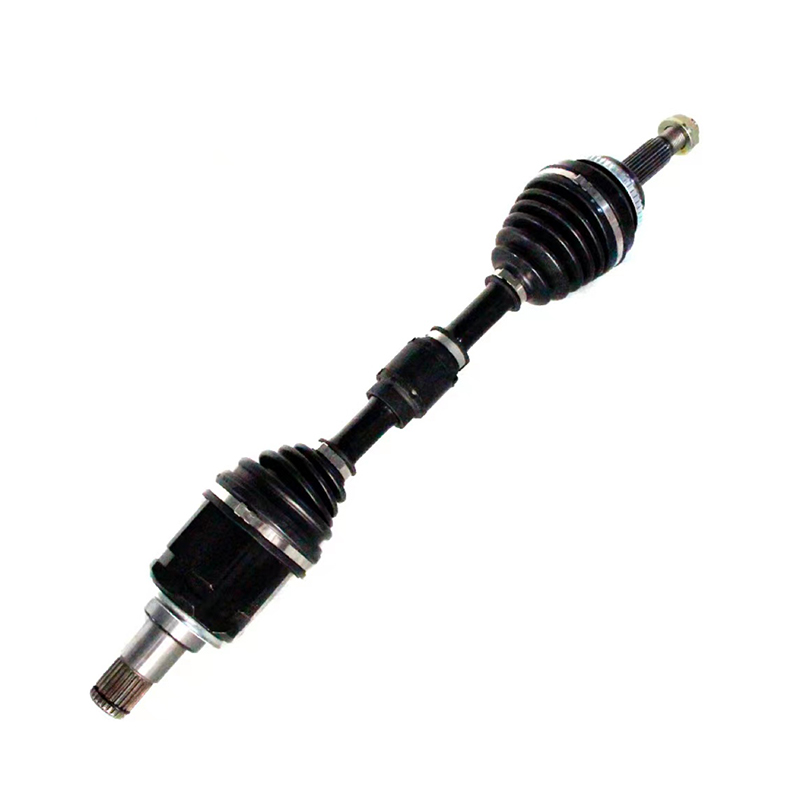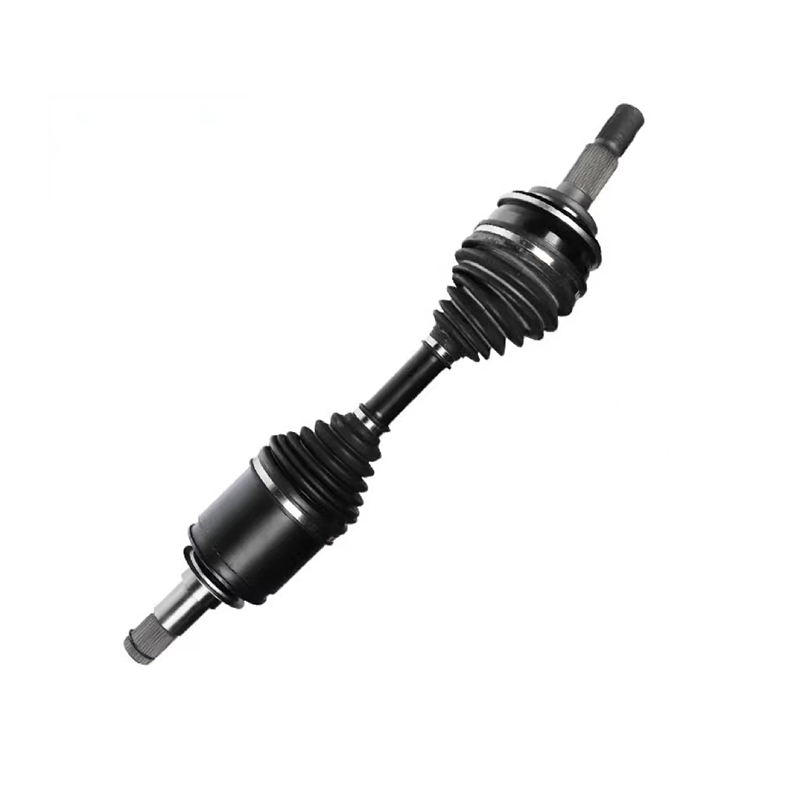Faulty
brake calipers can cause a lot of problems for your car. From brake fluid leaks to friction material spinning and transferring to the disc surface, there are many things you should be aware of.
Generally, there are two types of brake calipers. These include fixed calipers and floating calipers. The main difference between the two is that a fixed caliper consists of opposing pistons clamped on either side of the brake disc. Fixed calipers are more expensive and less tolerant to disc imperfections than floating calipers.
Pistons in the calipers apply pressure to the rotors to slow or stop the vehicle. Hydraulic pressure from the master cylinder then pushes the pistons to apply the brake pads to the rotors. The caliper also includes a groove under the cylinder bore. The caliper slide pins are lubricated with silicone grease.
When the driver depresses the pedal, the caliper piston moves back and forth, squeezing the brake pads against the rotors. When the caliper piston retracts, the brake pads are released from the rotor. However, the pads don't release the rotors when the caliper pistons fail. Drivers may experience excessive wear on the affected pads, resulting in reduced fuel efficiency and steering vibration.
If you notice a sudden change in rolling resistance, it's a good idea to look for signs of brake failure. If your calipers are worn out, the driver will need to replace the calipers and brake pads. If you see warped discs, you need to remove the wheel and have it checked.
A faulty caliper can cause problems with the rest of the braking system. Rusty guide pins can damage the shaft. The dust cover on the inside of the brake caliper may also loosen and let debris in. The main seal may also fail, and the disc may overheat. If your brakes start to fail, you should replace them immediately.
There are special tools that can help with this job. Thin brass brushes are a good choice for removing rust without damaging the surface.
In addition, the caliper support spring should be installed in the lower caliper hole. This spring must be pushed out of the caliper anchor and secured with the thumb in the lower caliper hole.
Transfer friction material to the disc surface
A disc brake is an automotive or industrial device used to stop a vehicle from moving. Components of the system include brake pads, brake rotors, brake pedals and adhesives. The materials that make up spacers and disks are classified according to their configuration and shape. The properties of the material and how it is transferred to the surface of the disc play a critical role in the overall performance of the system. The properties of the material also affect the system's sensitivity to pressure and velocity.
Friction discs are small discs that are attached to a metal plate using a chemical adhesive. Friction discs are designed to slow down the motion of the vehicle. The material transferred to the disc surface can be small particles or entire layers. Under normal braking conditions, the material wears out and needs to be replaced. These materials are designed to provide optimal friction performance and a high level of directional control.
The temperature of the friction disc increases linearly from the radius of the inner disc to the radius of the outer disc. The average temperature of the disc is lower than the average temperature of the steel pins. The temperature of the disk surface can reach a maximum value Tmax before the end of the sliding period.
Exothermic processes consist of many components whose temperature-dependent chemical reactions may change. The effect of temperature on the microstructure of materials is unknown.
The properties of the material play an important role in determining the magnitude of the temperature change. The properties of a material depend on its temperature, shape and configuration. Material properties will vary depending on application and environment. The coefficient of friction and thermal conductivity of the material are also taken into account.
The G95 disc is a high performance, economical disc that combines the properties of a helically braided disc with a fine copper core. This type of disc is commonly used in automotive clutch applications. It produces good heat transfer and is durable.
Car brake fluid leaks are a very dangerous problem. Symptoms of a leaky brake can include a warning light on the dashboard, puddles under the car, and an unwieldy brake pedal. If you experience any of these issues, you should take your vehicle to a trusted service center to have the problem diagnosed and repaired.
The best way to find out if your car has a brake fluid leak is to do a quick check. The first step is to park the vehicle on a level surface. The next step is to depress the brake pedal several times. If the pedal hits the floor, then you have a serious brake fluid problem.
You should also check the lines connecting the master cylinder to the wheels. If they are rusted or worn, it could cause a leak. You can also check the calipers to see if they are leaking. The O-rings on the calipers may be damaged and need to be replaced.
The most obvious causes of brake fluid leaks are broken seals or overheating. Leaking calipers can be repaired by installing a seal kit.
The biggest risk with a brake fluid leak is the possible loss of all brake pressure. This puts you and your passengers at serious risk. If you don't catch the problem in time, chances are your brakes are failing.
One of the easiest ways to test for a brake fluid leak is to add brake fluid to the system. If your car doesn't have a reservoir, you should find its location in your owner's manual. Once you've identified the reservoir, you can remove the wheel and inspect it visually.
Brake calipers are a common part of the braking system and can be damaged. O-rings will wear and leak, and if the piston is damaged, the system will not function properly.
Symptoms of brake caliper failure include rubbing noises, car pulls, or vibrations. Brake calipers are very important components in the braking system, and if they fail, they can cause serious damage to the vehicle. If you experience any of these symptoms, your car may be leaking fluid or have a faulty caliper.
If your car exhibits one or more of these symptoms, you need to have your brake calipers replaced immediately. Faulty brake calipers can also cause sticky calipers, which can lead to a burnt smell in the wheel area. Sticky calipers can also cause the car to move sideways when braking. This is an unusual incident and should be investigated as soon as possible.
Another common symptom of caliper failure is oil spots on the inside of the tire. This could be due to a leaking caliper, but it could also indicate a problem with the caliper's boot. If you're not sure what's causing the leak, you can take your car to an auto repair shop.
Bad brake calipers can cause the brake pads to rub against the rotors, causing brake imbalance. The rotor also wears, causing vibrations.
A faulty brake caliper will make a high-pitched thumping noise. You can also hear the clicking sound when you apply the brakes. Depending on your vehicle model, you can use a flathead screwdriver to remove the caliper. If you are unable to do this, you may need to disconnect the brake hose from the caliper.
Faulty brake calipers can also cause thinning brake pads. Thin pads mean the caliper isn't squeezing the pads as tightly as it should. This causes uneven wear, which is a sign that you need to replace your calipers.
A stuck brake caliper is also a common symptom of a brake system failure. The caliper piston does not retract automatically, causing the wheel to be constantly blocked. This will cause the vehicle to travel slower, making it difficult to stop. If you suspect the caliper is stuck, you can clean and reinstall it, or replace it with a new one.

OE Number: 41001-10G01,41001-10G02
Installation location:Front Axle, Right
Applicable models:NISSAN PICK UP (D21)/NISSAN TERRANO I (WD21)

